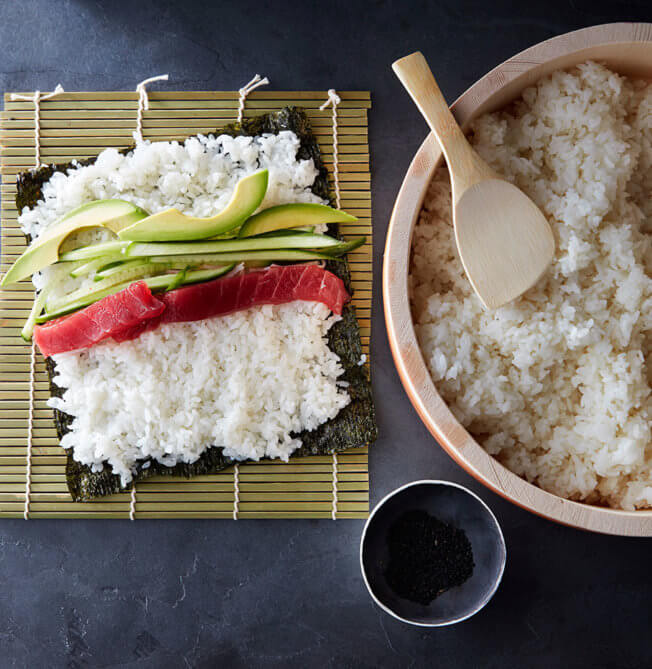
If you think the key to great sushi is expensive fish, you might be surprised to hear that’s not the case.
“All real sushi chefs know good vinegared rice is more important to top-quality sushi than even the most expensive tuna belly,” Masaharu Morimoto says. When the Japanese chef and author of Mastering the Art of Japanese Home Cooking first began working in restaurants, he spent four years just learning how to properly cook rice before he was even permitted to work with a knife.
Seafood, it turns out, is just the accessory to rice, which is the true star of sushi (and many other Japanese dishes). In Japanese, the word for “rice,” gohan, is also the word for “meal,” which gives you some sense of how prized the grain is.
When prepared correctly, Japanese rice should be plump, tender and springy, slightly slippery and a bit sticky. Read on to learn how to make it just right.
How to Make Sushi Rice
Step one: Start with the right kind of rice, and take the extra step to rinse it.
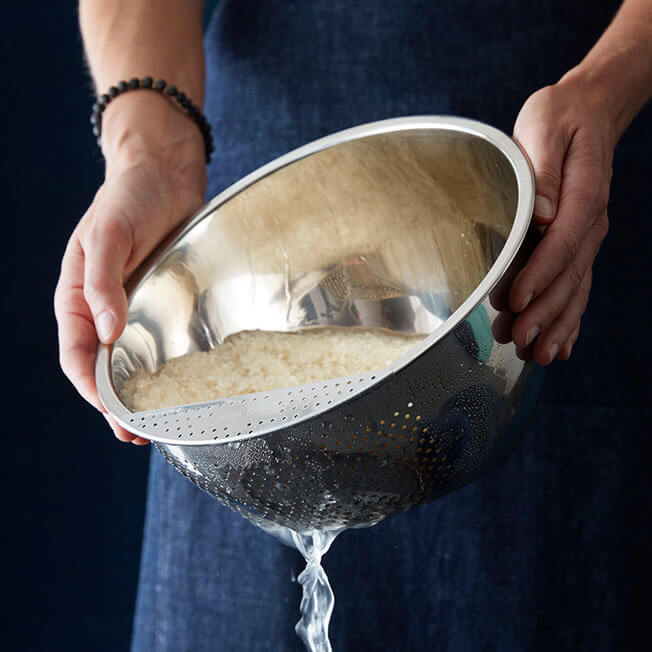
A specific variety of short-grain white rice, often labeled “sushi rice,” is essential for serving Japanese dishes. Start with that, and be sure to take the extra step of properly rinsing the rice. To a large bowl, add the dry rice, and enough water to completely cover the grains. Use one hand to hold the bowl while vigorously swirling the rice in the water with the other. The water will turn cloudy as starch releases from the rice; dump the cloudy water and repeat until water no longer becomes cloudy when you stir the rice. This rinsing process allows the rice to release its starch, which prevents it from turning out overly sticky.
Once you’re done rinsing your rice, drain the rice in a strainer, stirring a few times, until it’s dry to the touch. This may take up to 30 minutes.
Step two: Cook the Rice.
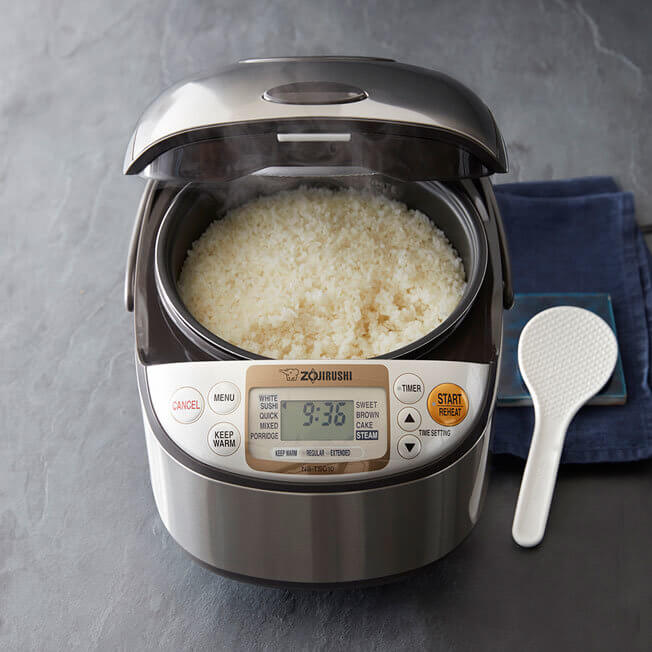
You can make rice in a pot—just make sure the rinsed rice is combined with the same volume of water—but we prefer the ease of cooking perfect sushi rice automatically in a rice cooker, since it also keeps rice warm until you’re ready to consume it. (In case you’re wondering, our favorite is the Zojirushi Micom Rice Cooker. Rice consistency can vary according to grain type, weather, and other factors; this machine senses cooking progress and adjusts time and temperature accordingly.)
Step three: Season the rice.
![]()
The reason why the sushi you eat at restaurants is so flavorful is because it’s actually seasoned with rice vinegar, sugar, salt and kombu (dried kelp). Follow Morimoto’s perfect sushi rice recipe to achieve the perfect balance of sweet and tart. Follow his self-described “magic trick” to distribute the sushi vinegar evenly: Hold a paddle parallel between the vinegar and the rice, and pour onto it, waving the paddle back and forth to “scatter” the liquid evenly. See it in action here.
Step four: Let cool and shape rice into nigiri or your favorite sushi rolls!
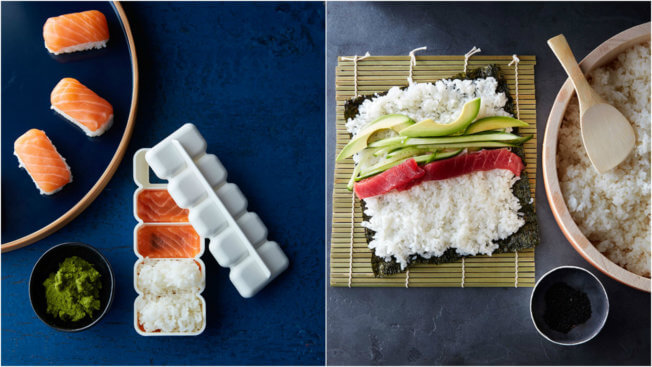
Let the hot rice cool until slightly above room temperature before using it, then you’re ready to either shape it into nigiri or use it to make your favorite maki rolls.
In the mood to make sushi now? Get started with our DIY sushi kit, chef Morimoto’s perfect sushi rice recipe, a step-by-step maki rolling primer, and this guide to frequently-asked sushi questions. While you’re here, join us on a virtual journey to Japan, and enter for a chance to win a trip for two to Japan!
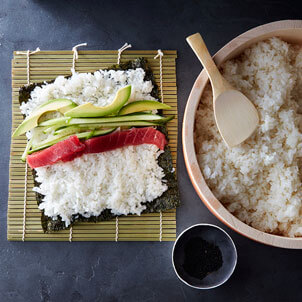

1 comment
Love this tutorial .I found your blog and love it. New follower!
REPLY